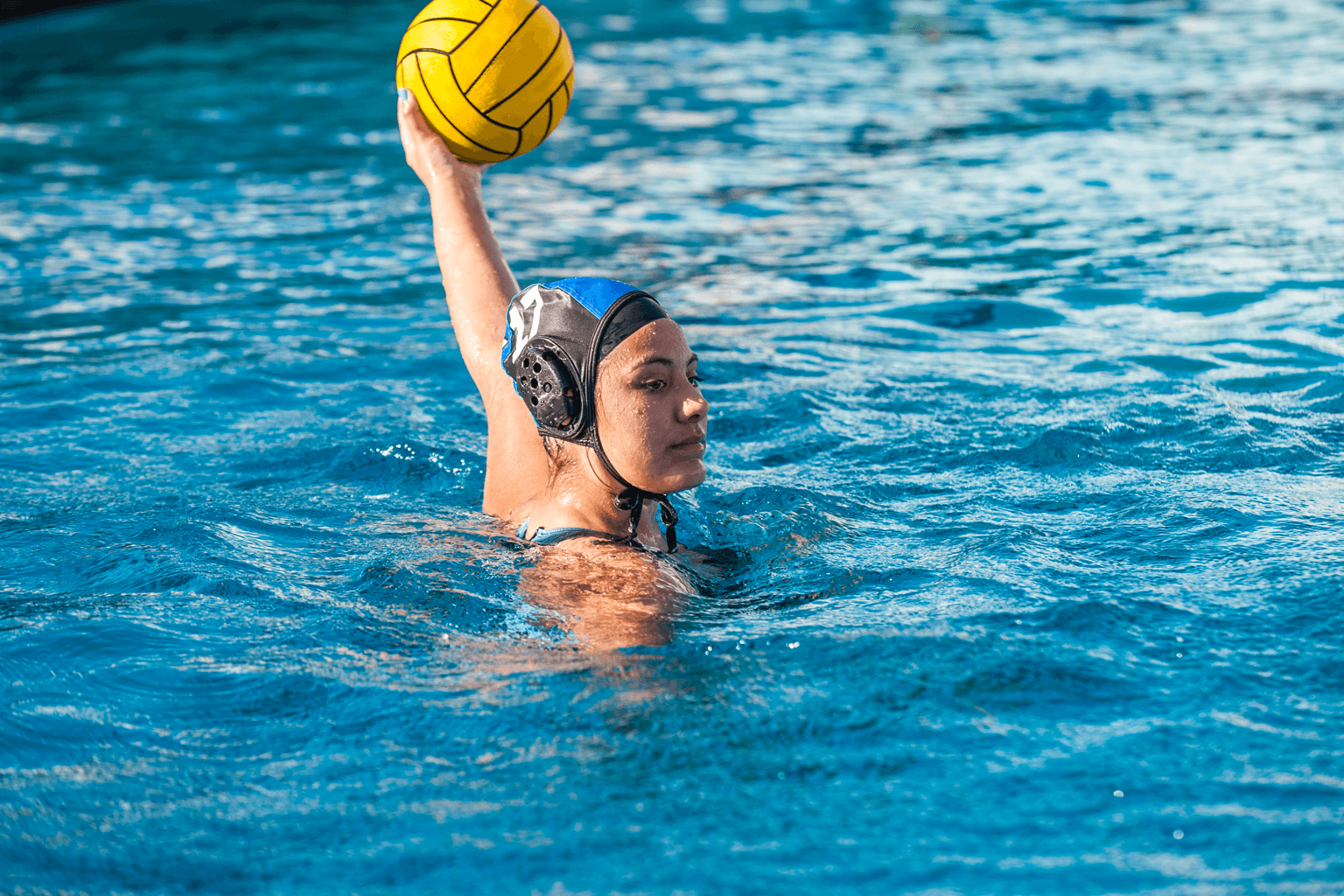Sport Australia is supporting the growth of small-to-medium Australian sports through its new $600,000 Capability Building Grant Program.

Funding of up to $30,000 has been awarded to 24 National Sporting Organisations (NSOs) and National Sporting Organisations for People with Disability (NSODs) to support them in areas of need.
Organisations will use the funding to deliver projects and initiatives that support participation, help them recruit and retain volunteers, improve their governance, or develop online educational and learning resources.
Sport Australia Acting CEO Rob Dalton said the Capability Building Grant Program was designed to support smaller sporting organisations to take meaningful steps to improve the delivery of their sport, ultimately improving the quality of experience for coaches, officials, volunteers and players.
"These grants will provide some of the country's smaller and emerging sports with valuable investment opportunities to support specific areas of need within their organisations."
"We received a number of quality applications which outlined some great initiatives to support areas like participation product design, volunteer engagement and recruitment strategies, training and education for match officials, and important research projects."
Water Polo Australia CEO Richard McInnes said supporting volunteers was critical to the growth and sustainability of water polo at all levels of the game.
"We want to grow our sport but to do that we need more coaches, referees and volunteers across a range or roles. It is critical we understand what support our volunteers need and develop resources that are readily accessible and fit for purpose. By empowering and supporting our volunteers we contribute to creating a great experience for our participants, driving participation and retention rates, and keeps more Australians playing our game and staying active," Mr McInnes said.
Paddle Australia CEO Phil Jones agreed: "Our paddling community relies almost entirely on our volunteers, not only to run competitions and events, but also to manage the sport at club, state and national level. With the increasing compliance issues that we are all facing, we need to find more innovative and effective ways to support our volunteer workforce. At the same time, we are looking at better ways to recruit, recognise and reward the people that contribute so much of their time and expertise. We are very grateful for the support of the Australian Government being provided under the Sport Australia Capability Building Grant Program."
"The bulk of our volunteers are our on-snow guides who help people with any disability find freedom on snow," Disabled Wintersport Australia CEO Jenni Cole added.
"We provide extensive training to our volunteer guides, but we want to understand how we can support and engage them and keep them involved in snow sport."
Ms Cole said the funding will be used to pilot a pathway program for guides to progress through various levels of on-snow skills and snow safety and to look at ways of engaging volunteers that may not be confident on snow in other roles.
Minister for Sport, Senator the Hon Richard Colbeck said the program was another important initiative to ensure Australia's smaller sporting organisations are supported as the sector recovers from the impact of COVID-19.
"We know that sporting organisations across the country have been affected in many ways and this additional support will help administrators carry out crucial work, enabling them to improve operations and bring participants and volunteers back to clubs."
The list of successful applicants is available on Sport Australia's grants and funding page.






